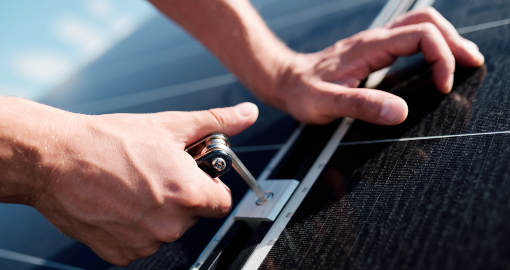
Before any repairs can be made, it’s essential to assess the condition of the roof thoroughly. This involves inspecting the roof for signs of damage such as missing or damaged shingles, leaks, sagging areas, or any other issues that may compromise its integrity.
Once the assessment is complete, the specific problems with the roof need to be identified. This could range from minor issues like a few missing shingles to more significant problems such as water damage or structural issues.
Based on the assessment and identification of problems, a plan is developed for repairing the roof. This includes determining the materials needed for the repairs, estimating costs, and scheduling the work.
One of the most common roofing repairs involves replacing or repairing damaged or missing shingles. This may require removing the damaged shingles, replacing them with new ones, and sealing them to prevent leaks.
Roof leaks can cause significant damage to a home if not promptly addressed. Repairing leaks typically involves locating the source of the leak, patching or sealing the area, and ensuring that proper waterproofing measures are in place.
Flashing is a material used to seal joints and transitions on a roof, such as around chimneys, vents, and skylights. If the flashing becomes damaged or deteriorated, it can lead to leaks. Repairing or replacing flashing is necessary to prevent water intrusion.
Gutters and downspouts play a crucial role in directing water away from the roof and foundation of a home. Damage to gutters or downspouts, such as clogs or leaks, can lead to water pooling on the roof and causing damage. Repairing or replacing damaged gutters and downspouts is essential for proper drainage.
In some cases, roofing repairs may involve addressing underlying structural issues such as sagging roof decking or damaged support beams. These issues require professional assessment and repair to ensure the structural integrity of the roof.
In addition to addressing specific problems, regular maintenance is essential for prolonging the life of a roof and preventing future issues. This includes tasks such as cleaning gutters, trimming overhanging branches, and inspecting the roof for signs of damage on a regular basis.
While some roofing repairs can be DIY projects for experienced homeowners, many repairs require the expertise of a professional roofer. Hiring a reputable roofing contractor ensures that repairs are done correctly and safely, reducing the risk of further damage to the roof or property.
